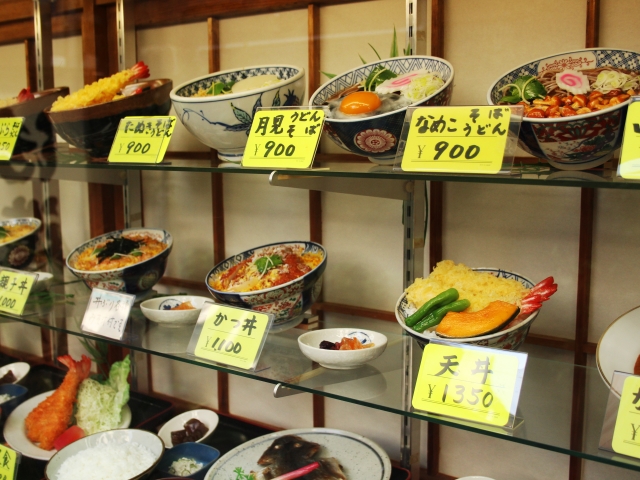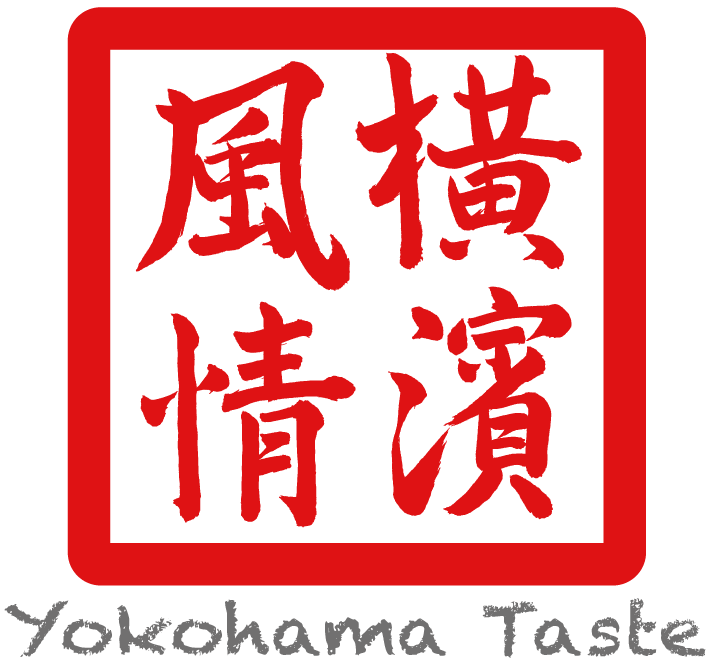The Perfect Imitation of Food, “Shokuhin Sample”

If you go to Japan, you might be interested in the replica foods exhibited in front of restaurants. Those are what we call “Shokuhin samples” in Japanese.
It is common for Japanese to judge the restaurant to have a lunch by looking at these Shokuhin samples which are displayed in front of the entrance of them. So Shokuhin samples play the role of marketing tool.
The History of the Replica Food
Shokuhin Samples began to be displayed in 1910-1920. Those were called “Ryori Mokei” which means a dummy of food.
One of the restaurants in Tokyo began to display the Ryori model and made the clients select the menu as an order. It succeeded to streamline and improved turnover rate and the sales amount has risen 4 times.
But the Ryori models were far from real foods in terms of similarity.
Then One young Japanese named Mr. Iwasaki who used to like playing with wax in his childhood, succeeded to find the way to imitate food aculately by waxwork.
He started a business selling Shokuhin samples.
The business soared in the 1980’s due to simpleness to decide which menu to order and sales promotion.
How To Make It
Makers of replica food make a mold from frozen food which restaurants shipped.
They filled the mold with PVC and bake them.
Then it is painted and plated to be the perfect replica. It is the excellent craftmanship so it’s difficult to tell whether or not it’s fake.
There is a town named Kappabashi in Tokyo which is famous for shops selling tools for restaurant or food industries.
There are some shops selling replica food goods. You can buy a variety of food replicas for 2,000-8,000 yen there.
You can even buy the kits and try to make your own replica there.
Why don’t you make a replica of your favorite Japanese food?


